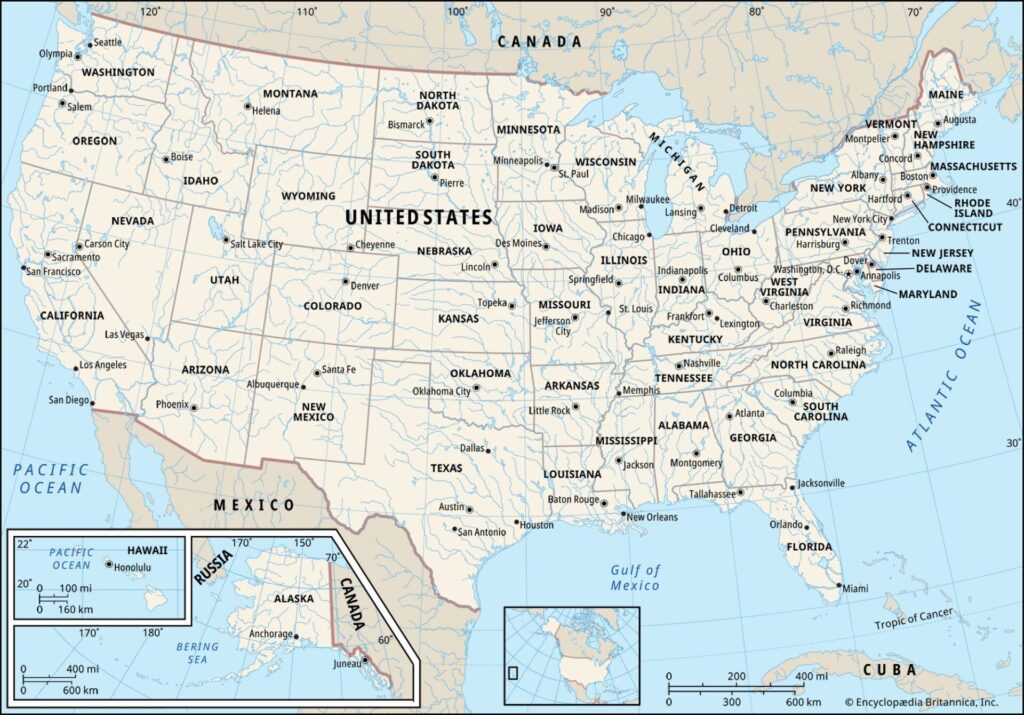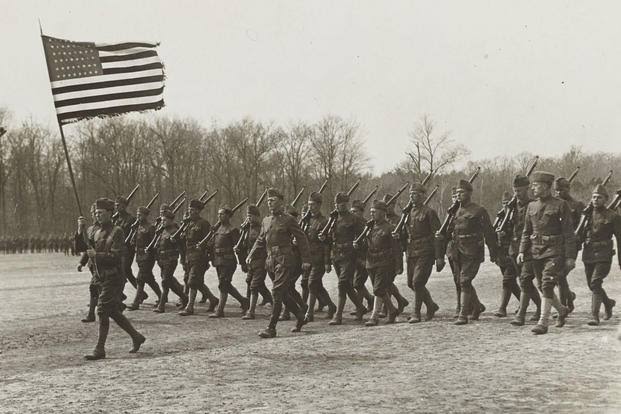Introduction
Have you ever wondered how the United States of America, once a collection of rebellious colonies, ascended to the position of a global superpower? The journey of the U.S. to becoming a dominant force on the world stage is a fascinating tale of resilience, innovation, and strategic foresight. From the early days of its formation to its current status, the story of America’s rise is filled with pivotal moments and influential decisions. Let’s delve into this captivating journey and uncover the key factors that propelled the United States to its powerful position today.
Early Foundations: The Birth of a Nation

The Revolutionary War: A Fight for Independence
The story begins with the Revolutionary War, a monumental conflict that saw thirteen colonies break free from British rule. The Declaration of Independence in 1776 was a bold statement, asserting the colonies’ right to self-governance and setting the stage for the United States’ emergence as a new nation.
The Constitution: A Blueprint for Success
In 1787, the drafting of the U.S. Constitution laid the foundation for a robust and adaptable political system. The Constitution’s emphasis on federalism, checks and balances, and individual rights provided a stable framework for governance, essential for the young nation’s growth and development.
Westward Expansion: Manifest Destiny

Louisiana Purchase: Doubling the Nation’s Size
In 1803, President Thomas Jefferson secured the Louisiana Purchase from France, effectively doubling the size of the United States. This acquisition not only provided vast resources but also fueled the nation’s belief in Manifest Destiny—the idea that America was destined to expand across the North American continent.
The Oregon Trail and Gold Rush: Fueling Migration
The mid-19th century saw a surge in westward migration, driven by opportunities such as the Oregon Trail and the California Gold Rush. These movements helped populate the western territories and integrate them into the burgeoning nation.
Industrial Revolution: The Economic Boom
Innovation and Invention: The Rise of American Industry
The late 19th century marked the onset of the Industrial Revolution in the United States. Pioneers like Thomas Edison and Henry Ford revolutionized industries with their inventions, such as the electric light bulb and the assembly line. These innovations propelled America into an era of unprecedented economic growth and industrial prowess.
Railroads and Infrastructure: Connecting the Nation
The expansion of the railroad network was another critical factor. By linking the vast expanse of the United States, railroads facilitated commerce, migration, and communication, effectively knitting the nation together and spurring economic development.
Military Might: Building a Strong Defense

The Civil War: Strengthening Federal Power
The Civil War (1861-1865) was a defining conflict that tested the resilience of the United States. The Union’s victory not only preserved the nation but also reinforced the power of the federal government, setting a precedent for a strong, centralized authority.
World Wars: Emerging as a Global Leader
Both World War I and World War II were turning points in the U.S.’s journey to becoming a world power. The U.S.’s intervention in these conflicts demonstrated its military capabilities and cemented its role as a key player on the global stage. Post-World War II, the establishment of institutions like the United Nations further underscored America’s leadership in international affairs.
Economic Dominance: The Great Depression and Beyond
The New Deal: Revitalizing the Economy
The Great Depression of the 1930s posed a severe challenge to the United States. However, President Franklin D. Roosevelt’s New Deal policies helped revitalize the economy through large-scale public works projects and financial reforms, laying the groundwork for future prosperity.
Post-War Economic Boom: The Rise of the Middle Class
The post-World War II era saw an economic boom that propelled the U.S. into an era of affluence. The rise of the middle class, fueled by suburbanization and consumerism, further strengthened the nation’s economic foundation.
Technological Advancements: Leading the Innovation Frontier
The Space Race: Reaching for the Stars
The Cold War era saw a fierce competition between the United States and the Soviet Union, epitomized by the Space Race. The U.S.’s successful moon landing in 1969 showcased its technological prowess and reinforced its position as a leader in innovation.
The Digital Revolution: Pioneering the Information Age
The latter half of the 20th century and the early 21st century witnessed the rise of the Digital Revolution. Companies like Microsoft, Apple, and Google emerged as global tech giants, driving advancements in computing, the internet, and telecommunications.
Soft Power: Cultural Influence
Hollywood and Entertainment: Shaping Global Culture
American culture, particularly through Hollywood movies, music, and television, has had a profound impact worldwide. The global appeal of American entertainment has helped spread U.S. values and lifestyles, enhancing its soft power.
Education and Innovation: Attracting Global Talent
American universities and research institutions are among the best in the world, attracting students and scholars from across the globe. This influx of talent has fostered innovation and kept the U.S. at the forefront of technological and scientific advancements.
Diplomacy and Alliances: Building Global Partnerships
NATO and Global Alliances: Strengthening Security
The formation of NATO and other alliances during the Cold War era was crucial in establishing the United States as a global leader. These alliances not only provided security but also facilitated political and economic cooperation.
Foreign Aid and Humanitarian Efforts: Promoting Stability
The U.S. has also used foreign aid and humanitarian efforts as tools of diplomacy. By providing assistance to countries in need, the United States has promoted global stability and strengthened its influence abroad.
The Information Age: Leading in a Connected World
The Rise of Silicon Valley: Birthplace of Tech Giants
Silicon Valley, the hub of technological innovation, has played a critical role in maintaining the U.S.’s status as a global leader. Companies such as Google, Apple, and Facebook have revolutionized how we communicate, work, and live.
Cybersecurity: Protecting Digital Frontiers
In the digital age, cybersecurity has become paramount. The U.S. has invested heavily in protecting its digital infrastructure and combating cyber threats, ensuring its continued dominance in the information age.
Modern Challenges and Adaptations
Globalization: Navigating Economic Interdependence
Globalization has interconnected economies worldwide, presenting both opportunities and challenges for the United States. Navigating this complex landscape has required strategic economic policies and international cooperation.
Climate Change: Leading Environmental Initiatives
As the world grapples with climate change, the U.S. has taken steps to lead in environmental initiatives. Efforts to reduce carbon emissions and invest in renewable energy are critical to maintaining global leadership in this area.
Conclusion
The journey of the United States to becoming a world power is a testament to its resilience, innovation, and strategic vision. From its early days as a fledgling nation to its current status as a global leader, America’s rise has been marked by pivotal moments and influential decisions. By understanding the key factors that have shaped this journey, we can gain a deeper appreciation for the complexities and triumphs that define the United States’ powerful position today.
Read Related Posts
The History of World War II
The Nigerian Civil War: A Historical Overview
FAQs
The key factors include the successful fight for independence, strategic territorial expansions, the Industrial Revolution, military victories in world wars, economic policies like the New Deal, technological advancements, cultural influence, and strong global alliances.
The Industrial Revolution propelled economic growth and industrial prowess, with innovations and infrastructure developments like railroads playing crucial roles in connecting the nation and fostering economic development.
The Civil War strengthened federal power and preserved the nation, reinforcing the authority of the central government, which was essential for the United States’ future growth and stability.
American culture, particularly through entertainment like Hollywood movies, music, and television, has had a significant global impact. This cultural influence has spread U.S. values and lifestyles worldwide, enhancing its soft power.
Technological advancements, from the Industrial Revolution to the Digital Revolution, have been pivotal. Innovations in various fields have driven economic growth, military strength, and global influence, solidifying the U.S.’s position as a leader in technology and innovation.


